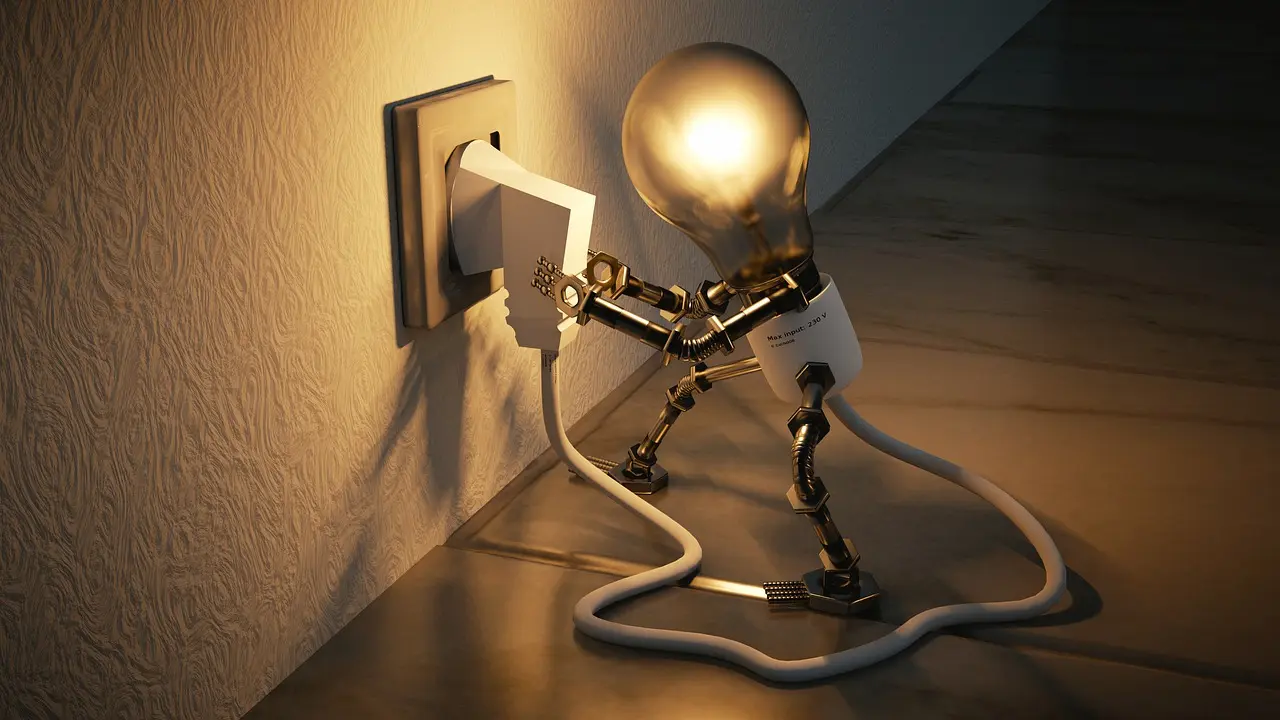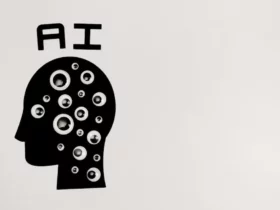The modern world is filled with electricity, and understanding how it works can be a daunting task.
The truth is that there are many different types of electrical power systems in the world and they all work differently.
However, while it does require a bit of knowledge to understand how each system works, the basics are actually quite simple, and understanding how to convert between types of power is one of the most important skills for anyone working with or living in an electrified world.
So, whether you want to work in the electrical engineering industry or just want to be able to understand how your appliances work, it is important to have a basic understanding of how power converters work.
Overview
Converters work by transforming electrical power from one form to another.
This transformation is done by converting the voltage and/or frequency of the incoming power signal to match the requirements of the destination electrical system.
In some cases, this also includes converting the phase of the signal.
Converters are an important part of the modern world, and their importance cannot be overstated.
Without converters, it would be impossible to move power between different types of electrical systems, and this would create serious problems for anyone trying to use electricity in a globalized world.
There are many different types of converters, and each one is designed to work with a specific type of electrical power system.
They are so widely used that you can find everything from ac to dc, to DC to DC converters available online, so that you can easily power your devices.
However, despite the differences between converter types, they all share a common goal: to convert power from one form to another so that it can be used in the desired electrical system.
Solar Power Conversion
One of the most important applications for power converters is in the solar energy industry.
Even though it might still qualify as disruptive technology because it is not yet as widely adopted as some would like, solar energy is becoming an increasingly important source of power all over the world.
And with the rise of electric vehicles, it’s likely that its importance will only continue to grow.
The problem with solar energy is that it can be difficult to use in an electrified world.
This is because solar panels produce direct current (DC), which is not compatible with the alternating current (AC) that is used in most electrical systems.
To solve this problem, you need a DC to AC converter, which will take the DC from the solar panels and convert it into AC so that it can be used in your home or business.
The same principle applies to electric vehicles.
While solar panels can be used to charge an electric vehicle, the vehicle will still need a DC to AC converter to convert the power from the solar panels into a form that the vehicle can use.
Everyday Devices
There are many practical applications for power converters beyond just solar energy and electric vehicles.
In fact, you can find converters in almost every type of electrical device. One of the most common places you’ll find them is in electronic devices.
Many electronic devices, such as laptops and cell phones, use a variety of different voltages and frequencies, so they require a converter to convert the incoming power signal into one that the device can use.
This is why you often see a converter built into the power adapter for electronic devices.
Another common place you’ll find converters is in appliances.
Most appliances use a specific voltage and frequency, and if you try to plug them into a different type of electrical system, they will not work.
This is because the voltage and frequency of the appliance’s power supply do not match the voltage and frequency of the electrical system.
To solve this problem, you need to use a converter that can change the voltage and frequency of the incoming power signal so that it matches the requirements of the appliance.
Electromagnetic Spectrum Conversion
Another important application for power converters is in the conversion of energy across the electromagnetic spectrum.
This is a term that refers to the range of different types of energy that are all around us, from visible light to microwaves and beyond.
Each type of energy is associated with a specific frequency, and by using a power converter, you can convert energy from one frequency to another.
This is important because it allows us to use different types of energy for different purposes.
For example, we can use microwave energy to cook food, infrared radiation to heat our homes, and visible light to see things.
By converting between different frequencies, we can use the right type of energy for the job at hand.
Voltage Conversion
One of the most basic applications for power converters is voltage conversion.
Voltage is a measure of electrical potential, and it is expressed in terms of volts (V).
It is the voltage that determines how much electrical current will flow through a circuit.
The higher the voltage, the more current that will flow.
This is why high-voltage electrical systems can carry more current than low-voltage systems.
By using a converter, you can change the voltage of an incoming power signal from one value to another.
This is useful because it allows you to use different voltages in different parts of your electrical system.
For example, you might have a high-voltage line running into your home, but you might want to use low-voltage appliances.
In this case, you would need a converter to reduce the voltage of the incoming power signal so that it matches the requirements of the appliances.
Frequency Conversion
Another common application for power converters is frequency conversion.
Frequency is a measure of the number of times an event happens per second, and it is expressed in terms of hertz (Hz). It is the frequency that determines how fast an electrical current will flow through a circuit.
The higher the frequency, the faster the current will flow. This is why high-frequency electrical systems can carry more current than low-frequency systems.
By using a converter, you can change the frequency of an incoming power signal from one value to another.
This is useful because it allows you to use different frequencies in different parts of your electrical system.
For example, you might have a high-frequency line running into your home, but you might want to use low-frequency appliances.
In this case, you would need a converter to reduce the frequency of the incoming power signal so that it matches the requirements of the appliances.
Power converters are essential components in any modern electrical system.
By understanding the different types of converters and what they do, you can better navigate the complex world of electronics.
In addition, knowing how to convert between different currents, voltages, frequencies, and energies will allow you to use the right type of energy for the job at hand.









